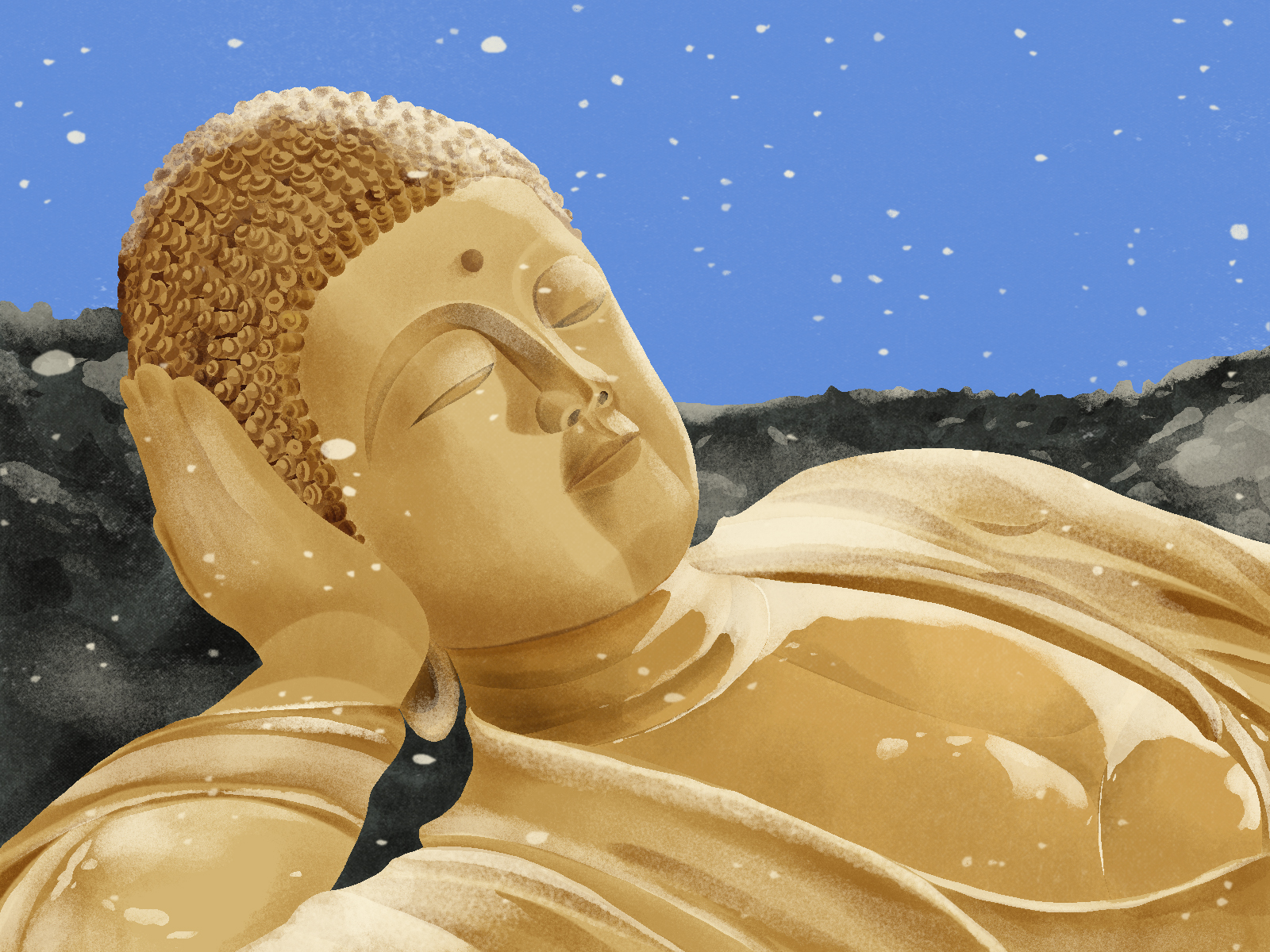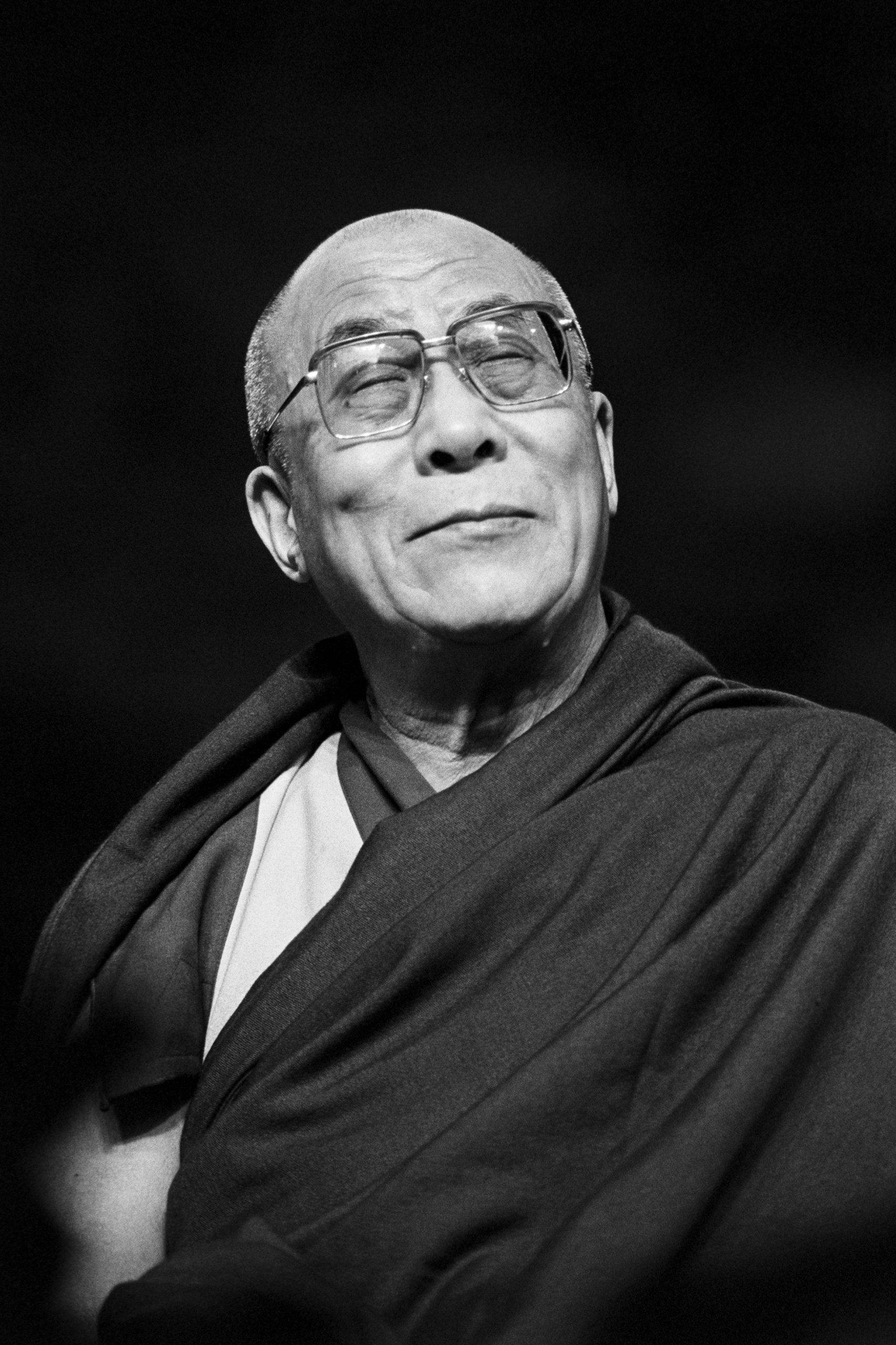The Most Useful Mindfulness Technique I Know
“This being human is a guest house. Every morning a new arrival.” ~Rumi When people start out with mindfulness, they want to feel better. They want all the worried, angry, or regretful thoughts to pipe down a little and...


“This being human is a guest house. Every morning a new arrival.” ~Rumi
When people start out with mindfulness, they want to feel better. They want all the worried, angry, or regretful thoughts to pipe down a little and stop making them feel so bad.
That’s great, as far as it goes, and mindfulness can deliver it if you practice consistently. But there’s something even better on offer, and it both is and isn’t about feeling better.
I learned this on an intensive meditation retreat.
There I was, excited to be there and ready to attain states of bliss, clarity, and insight. I’d been waiting a long time for this and was determined to make it count.
But my mind just wouldn’t play ball. Instead of delivering the desired bliss, clarity, and insight, all it had for me were bad memories. One after another, in a seemingly endless stream.
Every embarrassing, disappointing, or otherwise upsetting moment from my life. Things I didn’t even know I remembered, let alone was still upset about. But here they were, both vivid and upsetting.
This wasn’t what I had come here for at all. I started to feel miserable. I wanted the thoughts to stop.
On the third day, I had the chance to talk to the teacher who was leading the retreat. We got about fifteen minutes every other day and otherwise had to stay silent.
I told him about my problem a little despondently, not expecting much from the conversation.
He didn’t miss a beat. His instructions were clear and specific: “Let the memories come, feel the emotion in your body, and send kindness to it.”
Huh?
This wasn’t entirely new to me. At the meditation classes I had been going to, we had been learning to feel our emotions in our bodies. At first, this was impossible for me and seemed, frankly, silly.
“My emotions aren’t in my body,” I thought, “they’re in my mind.” Feeling them in my body sounded like fanciful hippy stuff.
But over the months that I’d been meditating, to my surprise, I had started to feel my emotions in my body. First the familiar ones, like anger, fear, or sadness, but also stranger, nameless ones—emotional sensations that I couldn’t pin down.
So I wasn’t completely non-plussed by what the teacher on the retreat suggested. I had even once listened to a guided meditation that was similar to what he was suggesting. But it hadn’t done anything for me, so I didn’t expect it to now.
But there I was, stuck on a ten-day retreat with all my bad memories, and the teacher was the only possible source of help and guidance. So I started to do what he said.
Here came a memory. I noticed it and quickly focused on my body. And there it was—a distinct pang of shame.
I stayed with that for a few moments, until I realized that the memory had gone.
Here came another one, and I did the same, this time trying to be kind to the feelings in my body.
Then another memory, and another. It was a little while before I realized that I was actually wanting them to keep coming. I was so engrossed with my new technique that I couldn’t get enough of the memories.
Great, I thought. Maybe this is what the teacher intended. I’m almost having fun here.
But there was more.
As I continued to focus on the feelings in my body, I realized that they weren’t that bad.
In fact, they weren’t bad at all. They weren’t painful; they were just sensations of warmth or coolness, lightness or heaviness, sinking or rising, and so on. They weren’t a problem once I was focused on them and not the thoughts that came with them.
So here, after all, was the insight that I was looking for.
Emotions aren’t such a problem when we see what they’re made of! When we pull them apart into their component parts—thoughts and feelings—they turn out to be paper tigers.
This was a revelation, and it kept me well occupied, observing the sensations in my body and trying to catch all the details: the size and shape of the sensations; the ways they changed moment-by-moment. The whole experience had turned into an intriguing rather than upsetting one.
I kept on going like that for a couple of days, until the memories stopped coming of their own accord. I wasn’t even relieved when they stopped. If anything, I felt a bit bored.
What I learned was the single most useful thing I have ever learned about mindfulness. But, unfortunately, a lot of people don’t seem to know it.
I learned that mindfulness isn’t about getting rid of anything or trying to feel better. Really, it’s about learning to feel more fully and directly, to turn toward and explore whatever feelings happen to be arising. Doing so leads to less suffering.
And, ironically enough, feelings often leave more quickly when you stop trying to make them leave. As I heard another meditation teacher say, “Feelings just want to be heard.”
Feelings are messengers that are trying to tell us something, and if we could just give them a proper hearing by really feeling them, they’d soon be on their way.
If you want to try this technique for yourself, here’s a bit more detail on how to do it:
Sit or lie still, with your eyes closed or your gaze lowered.
Tune into your breath for a few moments, or some other body sensation if you prefer.
Then start to think of something that upsets you a bit. Only a bit—not the most upsetting thing in your life.
Let yourself get caught up in the thoughts; let them really get their teeth into you.
Once you are feeling a bit upset, let go of those thoughts and focus your attention on your body. See if you can notice how that upset feeling shows up in your body.
If you can’t feel emotions in your body, you may need to work on sitting or lying in meditation and just trying to notice them there. They’ll start to show up with some practice.
If you can notice any upset feelings in your body, focus your attention on them. Try to do it with a curious attitude, or even one of kindness.
Explore the sensations in as much detail as you can, trying to really get to know them rather than get rid of them.
And if you feel overwhelmed at any point, of course you can just stop.
Keep going for as long as you feel it’s useful, and then see how you feel after. The feeling may or may not have gone, but the hope is that, even if it’s still there, you’ll be less bothered by it being there.
Once you have gotten the hang of this technique, you can use it whenever unpleasant emotions show up, whether in meditation or in the rest of your life.
So, there you go. Now you know the most useful mindfulness technique that I know!
![]()
About Michael Eisen
Dr. Michael Eisen is a committed meditator and a clinical psychologist. Since 2017, he has been teaching meditation and mindfulness to clients in therapy, in the workplace, and in healthcare settings. He blogs at secondarrow.co.uk/blog.
See a typo or inaccuracy? Please contact us so we can fix it!

 Astrong
Astrong 































